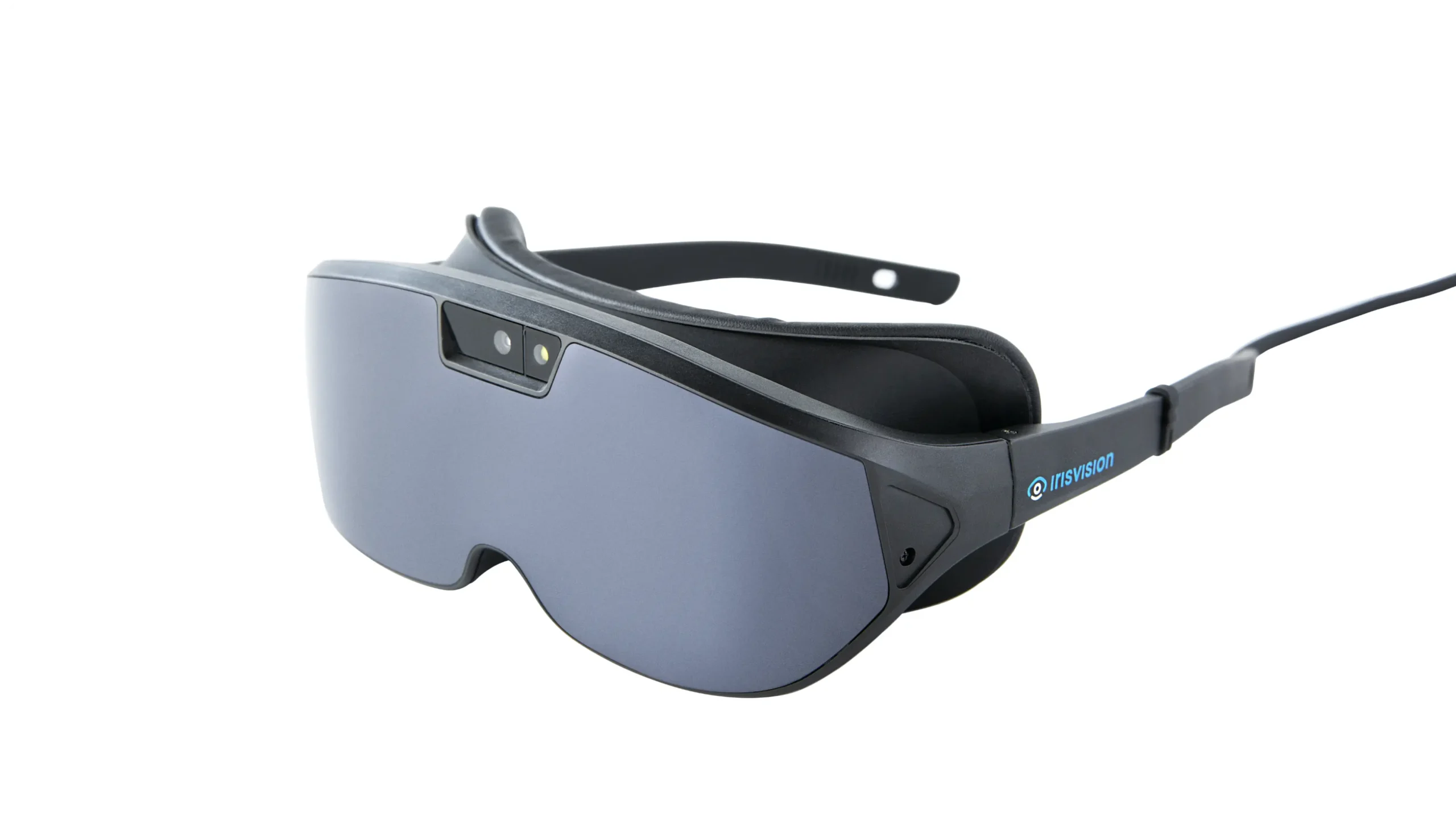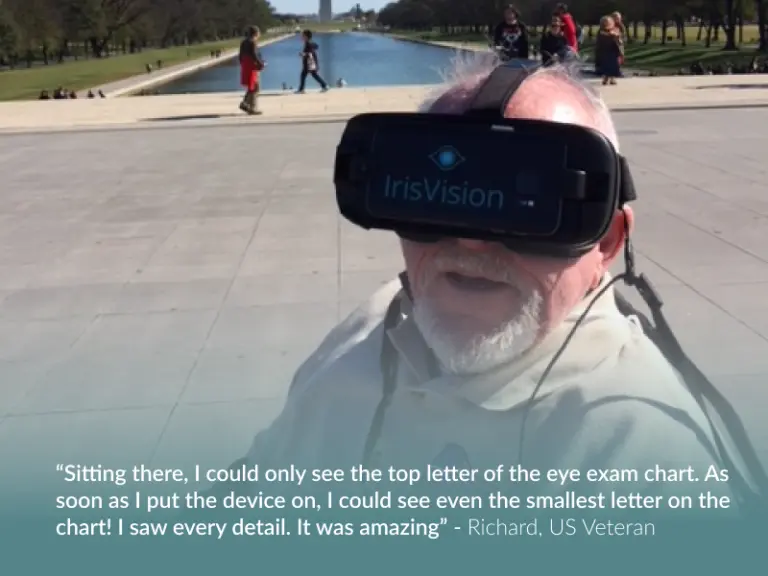
#LIVE2.0 #Review
When the month of May begins, it comes with hope, respect, and appreciation for all our forces and what they do for the nation. That’s right, it’s National Military Appreciation Month. It was designated officially by the Congress in 1999. Members of the US military are on call 365 days a year, 7 days a week, and 24 hours a day, defending the interests and security of the nation.
Every year, the president issues an annual proclamation that is a reminder for Americans to celebrate May as a patriotic month to pay tribute to those who sacrificed for their freedom.
Even though the entire month of May is dedicated to honoring past and present military members and their families, there are some specific military holidays scattered throughout the Military Appreciation Month, including Loyalty Day, VE Day, Military Spouse Appreciation Day, Mother’s Day, Armed Forces Day, and Memorial Day.
Here is a breakdown of these honored days in the month of May:
Day after day, our service members are putting their lives on the line to keep us safe and free. Every veteran, no matter which branch they serve, focuses their vision on only one thing: to uphold our nation’s freedom. In the process, they personally lose a lot, even their ability to see.
There are over 130,428 veterans in the USA who are legally blind and over a million who have low vision, which causes a loss of ability for them to perform daily tasks. These veterans experience vision loss or become legally blind due to combat, and some may experience it with age. Therefore, no matter what the cause, vision loss restricts the valued independence and freedom of veterans.

But there is some good news for veterans. Veteran Affairs (VA) helps and provides support for more than 9 million veterans and operates in over 1400 areas that also include hospitals and clinics.
Veteran Affairs is among the largest healthcare systems, which makes it a bit difficult to navigate, yet it offers some amazing life-saving services. Additionally, veterans can access support options that help improve their quality of life.
Low vision non-optical devices include several adaptations like reading stands, supplemental lighting, absorptive sunglasses, typoscopes, and tactile locator dots. These devices may be recommended for veterans during their low vision examination and can be used with magnifiers and other low vision optical devices. Some of these devices are:
A person with low vision may require three times as much light to read as a person of their age without low vision. Hence, a flexible-arm task lamp, either desk or floor, can be helpful and be an important non-optical device for many.
Reading stands allow you to position your reading and writing materials more effectively. In combination with a flexible-arm task lamp and a stand magnifier or other optical device, the productivity of the reading stand surely increases.
Veterans with low vision may experience discomfort due to glare. Absorptive glasses help filter out the glare and harmful light rays. Nowadays, most glasses can block out UV light.
Typoscope is a durable, black plastic with a cutout opening that helps you focus on one line at a time while reading. It helps you follow or track along the reading line and keep your place on the line. Additionally, it helps draw your attention to where to look on the page.
These locators are black, red, orange, or yellow raised foam or plastic dots. With the adhesive back, they are used to mark appliances, dials, keyboards, and computers. The colors are highly visible to people with low vision and are highly tactile.
Low vision optical devices include devices like stand and handheld magnifiers, magnifying reading glasses, small telescopes, and loupes. These devices provide increased magnification and prescription strengths and have higher quality optics.
Low vision optical devices are usually task specific. You can think of them as tools used for different tasks. Hence, based on a veteran’s eye condition, more than one optical device may be prescribed for various tasks.
These locators are black, red, orange, or yellow raised foam or plastic dots. With the adhesive back, they are used to mark appliances, dials, keyboards, and computers. The colors are highly visible to people with low vision and are highly tactile.
These optical devices are used for spot reading and are meant for portable use, like reading a menu at a restaurant, or prices on labels. Handheld magnifiers can be found in full sizes as well as pocket sizes and usually have a built-in bright light.
These glasses allow a person to read for longer periods of time. Magnifying reading glasses are also known as microscopes as they show a magnified image of a small word or object. It helps provide a wide field of view, allowing you to read a fair number of lines at a time.
Loupes are magnifying devices that are attached to the glasses with a clip. These leave your hands free while viewing text, a computer screen, hand work, etc., helping you retain the vision correction from your prescription glasses. Loupes are highly effective for veterans suffering from strong myopia or astigmatism.
Bioptic telescopic glasses have a small device mounted on the upper part of the eyeglass lenses. The placement of these allows the person to look through the bottom half of the lens while being able to see most items at a distance and looking through the telescope at the top to view a magnified image.
Veterans with low vision using VA care may be able to access optical and electronic devices like IrisVision. The devices are categorized as prosthetic and sensory aids by the VA. The advanced vision care services from the VA include blind and low vision rehabilitation services, vision-enhancing devices/ technologies, and training on how to use them.
As advances in technology have been made, there has been an increase in the market for such devices. As veterans’ care and safety is a top priority for the VA, these devices have to go through a complete process to prove their safety and effectiveness for VA approval.

IrisVision is among the pioneers who provide low vision aids for veterans that are approved and help overcome low vision or legal blindness most effectively. IrisVision and low vision organizations work together to help veterans see better and improve their quality of life.
IrisVision is an FDA registered Class-I medical device that has grown and redefined the low vision aids category. It’s the most effective solution for Macular Degeneration, Stargardt disease, Ocular Albinism, Diabetic Retinopathy, and other vision loss conditions that may arise due to combat, violence, trauma, stress, and helplessness.
As for the technology, IrisVision’s assistive low vision aids for veterans are worn over your glasses and are used as a virtual reality headset and eyewear. It sharpens your vision, provides clear color and has the ability to achieve up to 14X magnification in almost every situation. The wide 77-degree field of view displayed inside the headset, along with its strong magnification lenses, provides you with a view as if on a large TV screen.
And why not? Every veteran holds the vision of independence and freedom to their heart; hence, they have every right to fight against low vision as they fought for our nation. Yet, they don’t lose their hearts. Following the vision of the nation, to serve and protect, veterans can regain most of their sight lost in battle or due to injuries and trauma.
The headset, which was designed for virtual reality, has been transformed into a sophisticated low vision aid for veterans, which enhances and leverages the remaining eyes. Additionally, it provides complete control over multiple aspects of your sight restoration experience. Using clinical adjustments, made possible by Samsung and low vision experts at John Hopkins, IrisVision is versatile and an easy-to-use low vision solution.
One US Army veteran, Richard McMillan, finds using IrisVision to be the “…most memorable experience of his life.” He suffered from a stroke that damaged the optic nerves in both eyes. He was declared legally blind in both eyes. Yet, with IrisVision, his remaining eyesight was restored, and he can now see clearly.

It’s just one of those proud moments for IrisVision, where we help and feel accomplished when people use and benefit from our devices.
There are more than a few ways in which IrisVision helps veterans with an improved quality of life, and here are just a few examples to get you going:
Independence is the most important aspect of life for any veteran. IrisVision understands how important independence is for any veteran. By using the device, you can work in different environments independently, improve communication, and feel confident in performing daily tasks. IrisVision’s advanced algorithms calculate and adjust optimal light levels for your eye comfort. There’s absolutely nothing that you can’t do.
The little things may appear insignificant, but they have a big impact. Just imagine not being able to read or write your own emails or read a newspaper. IrisVision’s IrisBubble feature gives you complete control over how and what you can do. It helps to zoom in on blurred areas in your vision without a telescope effect.
After long, hard battles, it must be difficult to come to terms with not being able to see the faces of the people you love the most. Low vision might be a barrier, but with IrisVision’s low vision solutions for veterans, you can see your loved ones’ faces, recognize their facial expressions and features, and reply in your own manner.
Just like any other person, veterans deserve to indulge in entertainment. As a complete low vision solution, IrisVision allows you to stream videos, take pictures, and even capture some great moments in videos. These are memories to be treasured, which is why we make every effort to make each step memorable.
With so many other low vision aids for veterans out there, you would wonder: Does VA cover IrisVision with its advanced technology built to facilitate veterans at every step of the way? To make lives easier for veterans, IrisVision’s VA program provides our assistive low vision aids for veterans, Live and Inspire, for free!
As a veteran, you may be eligible to get these devices for free after getting a consultation from the Department of Veterans Affairs. Eye care professionals at your local VA hospital will help you during the 30-day trial to experience the life-changing moments and how significantly your vision has improved. During this Military Appreciation Month, we want to show you how great an impact we can make on your lives. To learn more about the program and get a consultation, you can contact IrisVision.
Support
See and Connect Today!
IrisVision Global, Inc.
5994 W. Las Positas Blvd, Suite 101
Pleasanton, CA 94588
Email: [email protected]
Support: +1 855 207 6665
Support
See and Connect Today!
IrisVision Global, Inc.
5994 W. Las Positas Blvd, Suite 101
Pleasanton, CA 94588
USA Email: [email protected]
Support: +1 855 207 6665
Support
See and Connect Today!
IrisVision Global, Inc.
5994 W. Las Positas Blvd, Suite 101
Pleasanton, CA 94588
Email: [email protected]
Support: +1 855 207 6665